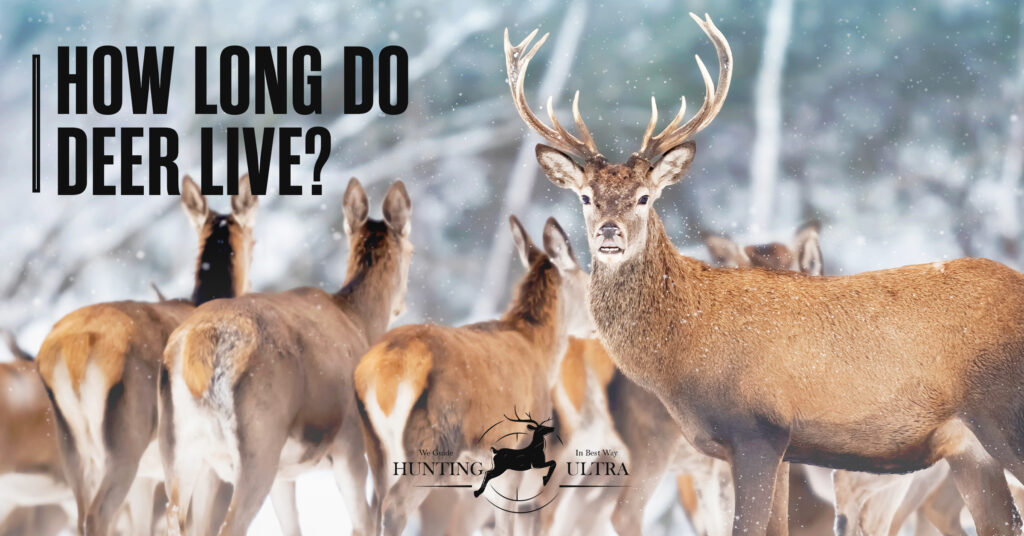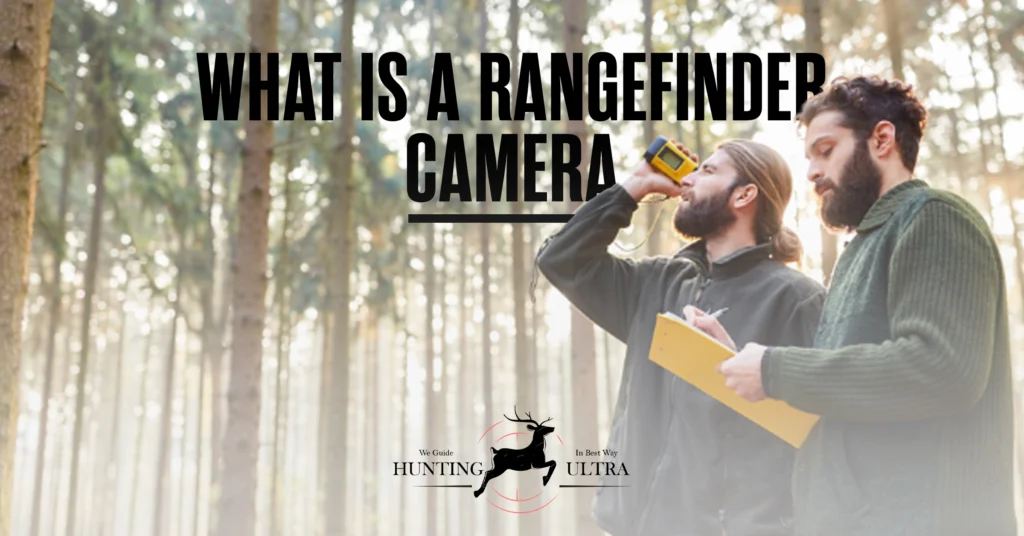Deer are beautiful and majestic creatures that can be found in various parts of the world. They play a crucial role in the ecosystem and are often a topic of interest for many people. In this blog post, we will explore how long do Deer live, the factors that can influence their lifespan, and what can be done to help these animals live longer.
How Long Do Deer Live?
The average lifespan of a deer in the wild typically ranges from 3 to 6 years. However, it is important to note that some deer have been known to live much longer. The oldest recorded deer lived to be 26 years old, which is quite remarkable. The lifespan of a deer can vary depending on several factors, including species, sex, environment, and overall health.
How Long Do White-Tailed Deer Live?
The average lifespan of a white-tailed deer in the wild is 3-6 years. However, some deer can live for much longer, with the oldest known white-tailed deer living to be 26 years old. The lifespan of a white-tailed deer depends on a number of factors, including its sex, environment, and health.
Male white-tailed deer (bucks) typically have a shorter lifespan than female white-tailed deer (does). This is because bucks are more likely to be killed by hunters or by other predators. The environment can also play a role in the lifespan of a white-tailed deer. Deer that live in areas with a lot of predators or with a lot of hunting pressure tend to have a shorter lifespan. The health of a white-tailed deer can also affect its lifespan. Deer that are healthy and well-fed are more likely to live longer than deer that are sick or malnourished.
Factors Affecting Lifespan of Deer
Here are some factors affecting lifespan of Deer;
Species
Different deer species have varying lifespans. While white-tailed deer typically live for 3 to 6 years, mule deer (Odocoileus hemionus) can survive for up to 10 years. Understanding the specific species is crucial when considering their lifespan.
Sex
Male deer, or bucks, generally have shorter lifespans compared to female deer, or does. This disparity can be attributed to factors such as hunting pressure and territorial conflicts between males.
Environment
The environment in which deer reside greatly impacts their lifespan. Regions with a high concentration of predators or extensive hunting pressure tend to shorten the lifespan of deer. On the other hand, areas with abundant resources and limited threats provide opportunities for longer lifespans.
Health
The overall health and well-being of a deer significantly affect its lifespan. Deer that are healthy, well-fed, and free from diseases have a greater chance of living longer. Adequate nutrition, access to clean water sources, and the absence of diseases contribute to their longevity.
How to Help Deer Live Longer
If you are passionate about ensuring the well-being and longevity of deer populations, here are some steps you can take:
Reduce Hunting Pressure
Support responsible hunting practices, promote regulations that enforce sustainable hunting limits, and participate in conservation programs aimed at reducing hunting pressure on deer populations.
Protect Deer from Predators
Implement measures to manage predator populations, create wildlife corridors to reduce predator-prey interactions, and employ non-lethal deterrents to protect deer from predators.
Provide Food and Water
Contribute to the well-being of deer by planting native vegetation that they can feed on and setting up water sources such as troughs or small ponds in areas frequented by deer.
Educate People About Deer
Raise awareness about the importance of deer in the ecosystem and the challenges they face. Engage in community outreach programs, social media campaigns, or organize workshops and events that focus on deer conservation. By fostering understanding and appreciation, more people will be motivated to protect these beautiful creatures.
The Importance of Deer
Deer play a vital role in maintaining the balance of ecosystems. They help control vegetation growth by feeding on plants and shrubs, which promotes healthy forest regeneration. Additionally, they serve as a food source for various predators, contributing to the overall biodiversity of their habitats. The presence of deer in the wild is a testament to a healthy and thriving ecosystem.Threats to Deer
Deer face several threats that can impact their survival and lifespan. Some of the major threats include:
Habitat Loss
Deforestation, urbanization, and land development reduce the available habitat for deer, leading to fragmentation and loss of suitable environments.
Predation
Predators such as wolves, coyotes, and bears pose a significant threat to deer, especially fawns and weaker individuals. Increased predator populations can impact deer survival rates.
Disease
Deer can be susceptible to various diseases, including chronic wasting disease (CWD) and bovine tuberculosis. These diseases can significantly impact deer populations if left unchecked.
Human Activities
Human-related factors such as vehicle collisions, illegal hunting, poaching, and disturbance of natural habitats can all negatively affect deer populations and their lifespan.
How to Protect Deer
To protect deer and ensure their long-term survival, here are some conservation measures that can be implemented:
Habitat Conservation
Preserving and restoring natural habitats, creating protected areas, and establishing wildlife corridors are essential for deer populations to thrive. Conserving suitable habitats provides deer with ample food, water, and shelter.
Wildlife Management
Implementing effective wildlife management practices, including regulated hunting seasons and population control measures, helps maintain healthy deer populations and reduces the negative impacts of overpopulation.
Disease Monitoring and Management
Regular monitoring for diseases such as chronic wasting disease and bovine tuberculosis is crucial. When detected, appropriate measures should be taken to prevent the spread of the disease and minimize its impact on deer populations.
Public Awareness and Education
Educating the public about the importance of deer and the need for their conservation is vital. Promote responsible wildlife viewing, discourage illegal hunting, and raise awareness about the consequences of habitat destruction.
Conclusion
The lifespan of a deer is relatively short, but there are things that people can do to help deer live longer. By reducing hunting pressure, protecting deer from predators, providing food and water, and educating people about deer, we can help these beautiful creatures thrive.



